Selling pressure on Canadian appears to have eased after Canadian Prime Minister Justin Trudeau tried to tone down the tension with Saudi Arabia. Trudeau referred to recent events as a matter of “diplomatic difference of opinion” only. And he emphasized that “we don’t want to have poor relations with Saudi Arabia.” Trudeau went further and hailed that Saudi Arabia is a “country that has great significance in the world, that is making progress in the area of human rights.”
Nonetheless, Trudeau also stood firm on Canada’s position. He noted that “Canadians have always expected our government to speak strongly, firmly, clearly and politely about the need to respect human rights at home and around the world. We will continue to do that, we will continue to stand up for Canadian values and indeed for universal values and human rights at any occasion,”
The tension started last Friday when Canada expressed concerns over arrests of women rights activist in Saudi Arabia. The latter responded to the criticism by freezing new trade with Canada and expelled Canadian ambassador. It’s reported yesterday by the Financial Times that Saudi central bank and state pensions ordered their overseas asset managers to sell their Canadian assets, including equities, bonds and cash holdings “no matter the cost”. Saudi Arabia’s foreign minister also said there is “nothing to mediate” with Canada.
USD/CAD spiked higher to 1.3119 yesterday but it’s now back pressing 1.3000.




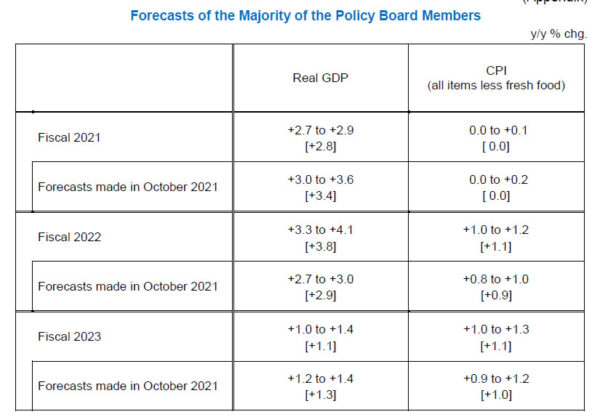
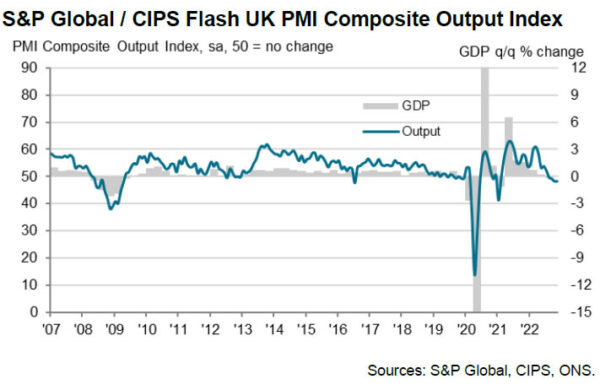
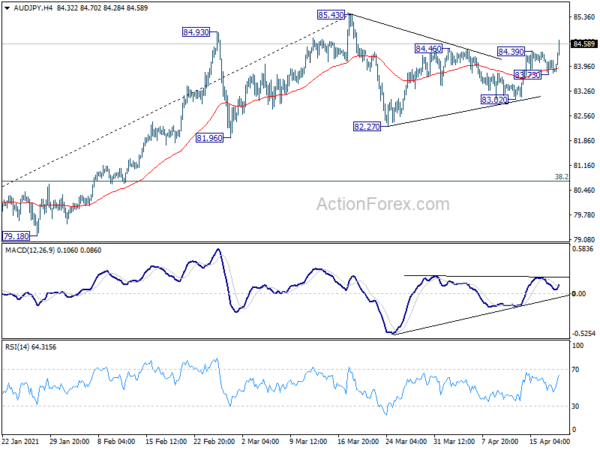
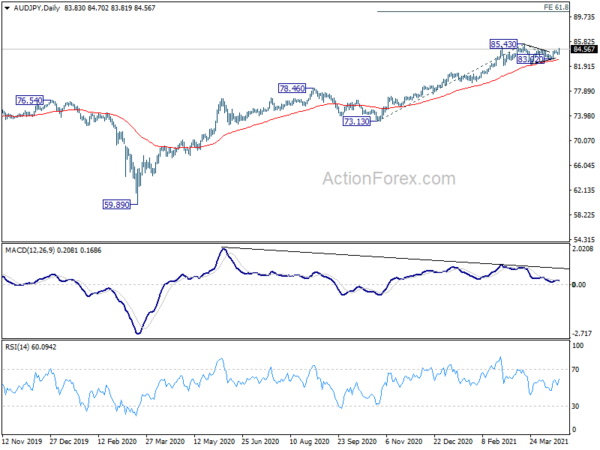

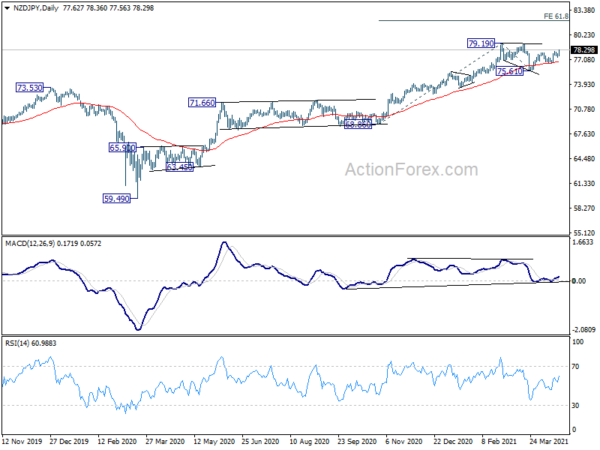
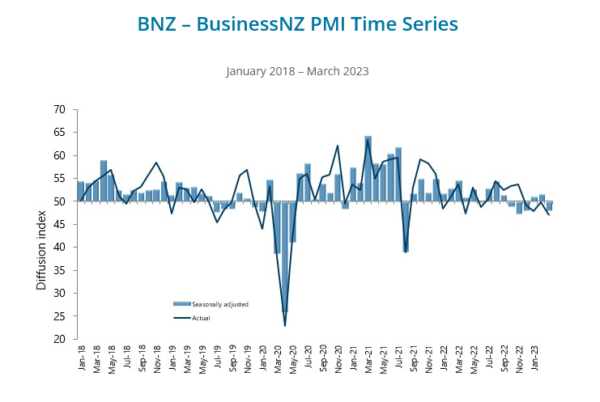

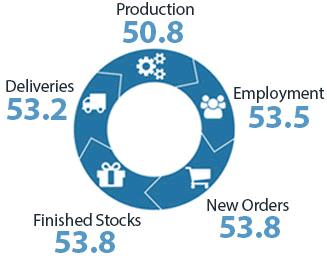

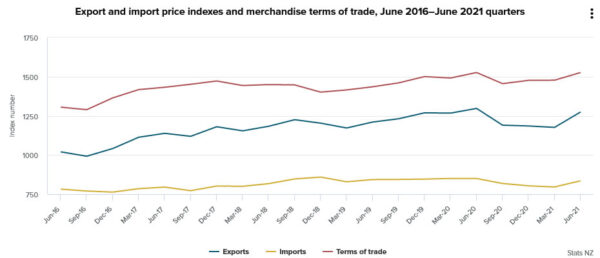

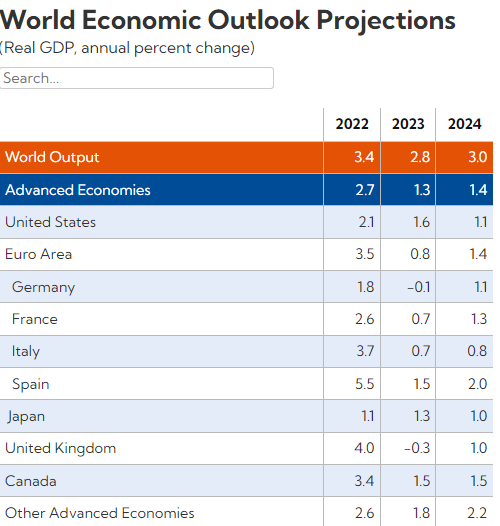
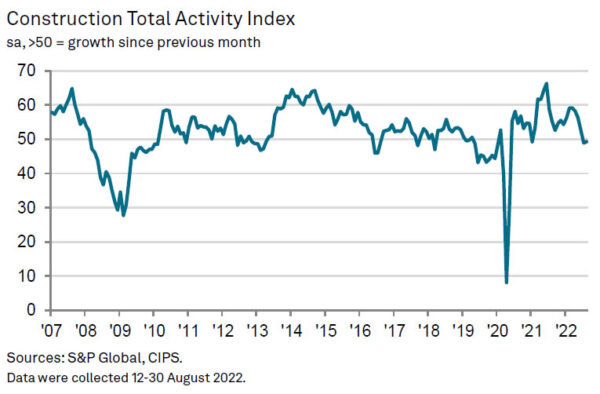


Eurozone economic sentiment ticked up to 105 in May, EU down to 104.1
Eurozone Economic Sentiment Indicator ticked up from 104.9 to 105.0 in May. Employment Expectations Indicator rose from 112.6 to 112.9. Industrial confidence dropped from 7.7 to 6.3. Services confidence rose from 13.6 to 14.0. Consumer confidence rose from -22.0 to -21.1. Retail trade confidence dropped from -3.9 to -4.0. Construction confidence rose from 7.0 to 7.2.
EU Economic Sentiment dropped from 104.6 to 104.1. Amongst the largest EU economies, the ESI rose markedly in Spain (+4.1) and, to a lesser extent, in France (+1.5) and Italy (+0.8), while it remained
Full release here.